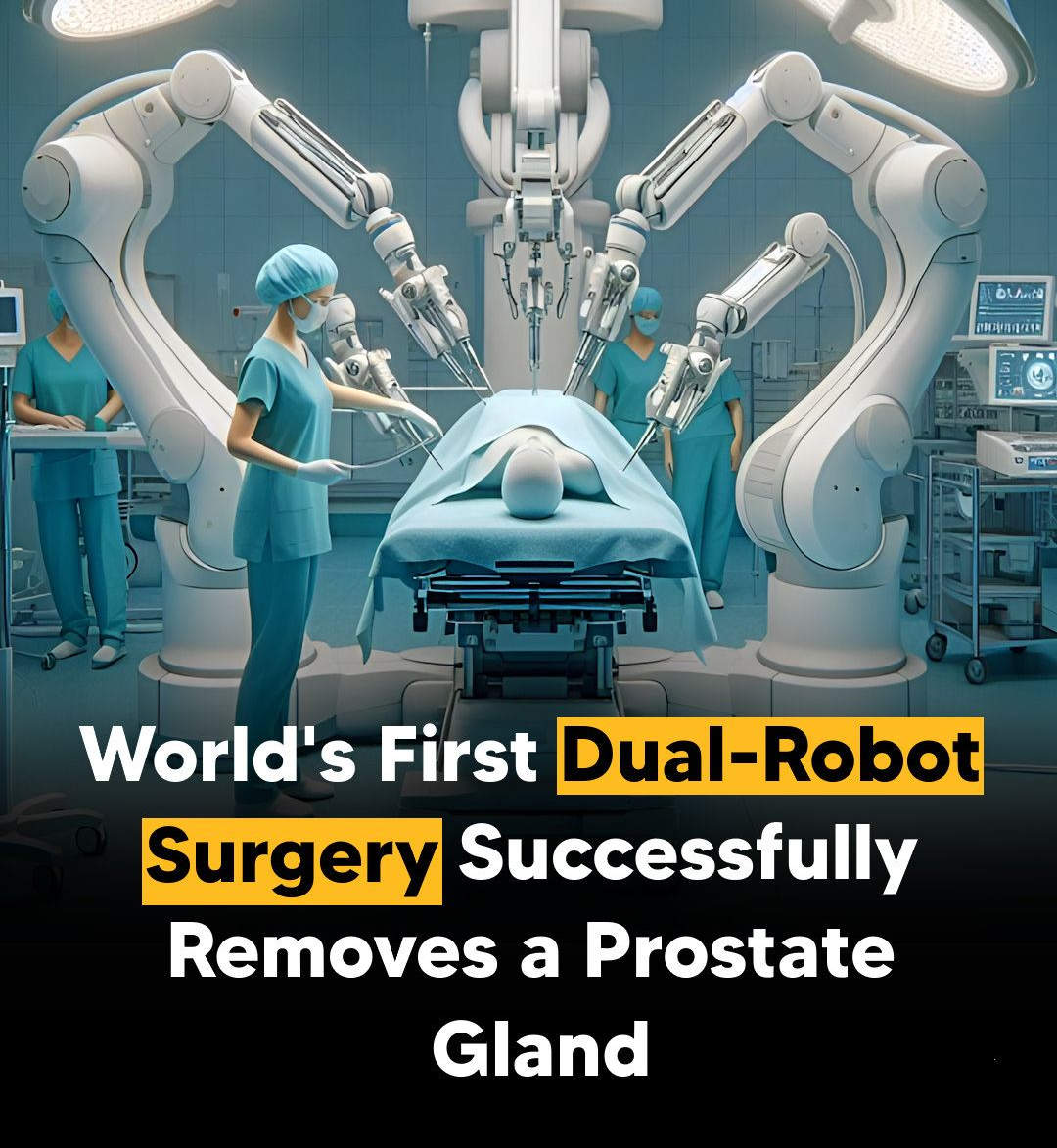Breakthrough in Robotic Surgery: First-Ever Prostate Removal with Two Robotic Systems

A team of doctors at the University of Texas (UT) Southwestern Medical Centre has accomplished a historic first-ever prostate removal using not just one but two robotic systems, therefore advancing the area of minimally invasive surgery. Levita's Mars platform and Intuitive Surgical's Da Vinci SP robot worked together on this innovative operation, therefore signifying a significant future step forward in the possible complexity of operations.
Under the direction of a qualified urologist, the operation represented an exciting new chapter in the possibilities of robotic surgery, as two distinct systems collaborated to produce a more exact, smoother operation.
Two Robots: One Surgery's Mechanism
Each of the Levita Mars system and the Da Vinci SP robot offers special advantages. The Mars system revolutionises internal organ movement and control by means of magnets, therefore enabling amazing precision. In this example, the Mars system assisted to control the prostate and surrounding tissues, therefore enhancing the surgeon's capacity for precise area navigation. Better tissue retraction made possible by magnetic technology helped to produce clearer views of the prostate and minimise any injury to adjacent tissues, particularly crucial considering delicate nerves.
This method has a major benefit in that it may preserve vital processes like urine control and sexual health, which are sometimes impaired by prostate operations. Keeping the nerves intact increases patients' chances of preserving these abilities following surgery.
Conversely, the Da Vinci SP robot—known for its sophisticated single-port surgery approach—was quite important in reducing the invasions of the operation. The Da Vinci SP robot runs through just one tiny incision instead of several, therefore lowering the risk of problems, reduction of recovery times, and least of scarring. In delicate procedures like prostate removal, where accuracy is crucial, this is particularly crucial.
A View Into Surgery's Future
This effective cooperation between two independent robotic systems points forward for robotic-assisted surgery. It's not only about having the best technology; it's about how those technologies may cooperate to produce the best potential results for patients. Robotic technologies like these could soon make procedures requiring big incisions and long recovery times extinct.
An interesting turn in the development of robotic surgery comes from combining these two systems. This is one instance of how several robotic technologies could cooperate to push the envelope of what is feasible. Even more advanced instruments now available to surgeons enable them to do difficult operations in safer, less intrusive, and finally more effective manner.
What It Means for Individuals
For patients, this breakthrough might translate into faster recuperation, less discomfort, and improved general results. Particularly those suffering with prostate cancer stand to gain from these developments since they sometimes run the danger of problems resulting from nerve injury during conventional operations. Robotic devices like Levita's Mars and Da Vinci SP can help to preserve these important abilities and enable a faster return to regular life by raising the accuracy of these operations.
Although this type of combined robotic surgery is still in its early years, thus far the outcomes are encouraging. Not only in urology but also in other disciplines, experts predict that these kinds of operations will become increasingly common in the future.
Ultimately, in the field of surgery, the effective prostate removal accomplished with two distinct robotic systems marks a significant event. Patients should expect even less intrusive choices with faster recovery periods, better results, and most importantly, greater quality of life after surgery as technology keeps developing.
--
